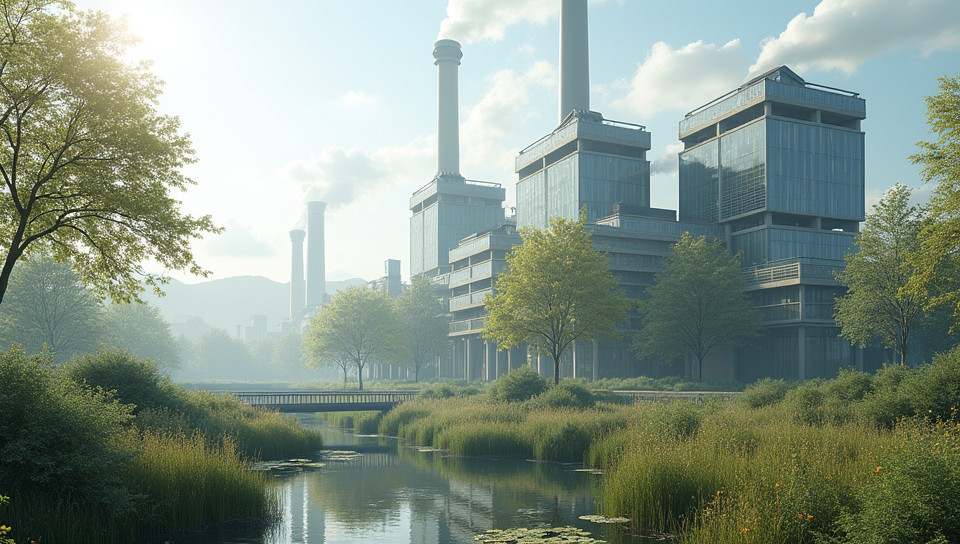Greenhouse gas emissions rise from non-sustainable building practices 76%

The Hidden Cost of Building: How Non-Sustainable Practices Contribute to Climate Change
As the world grapples with the challenges of climate change, it's easy to overlook one of the most significant contributors to greenhouse gas emissions: the way we build our homes, offices, and communities. The construction industry is responsible for around 39% of global energy-related carbon emissions, with a significant portion coming from non-sustainable building practices.
The Problem with Non-Sustainable Building Practices
Non-sustainable building practices refer to methods that prioritize cost-cutting over environmental considerations. These practices can include:
- Using materials that are high in embodied energy, such as concrete and steel
- Ignoring building codes and regulations related to energy efficiency and sustainability
- Not incorporating green technologies or renewable energy systems into buildings
- Failing to properly insulate or seal buildings, leading to heat loss and energy waste
The Consequences of Non-Sustainable Building Practices
The consequences of non-sustainable building practices are far-reaching. In addition to contributing to climate change, these practices can also lead to:
- Increased energy consumption and bills for homeowners and businesses
- Health problems due to poor indoor air quality and inadequate ventilation
- Economic losses from reduced property values and decreased competitiveness in the global market
A Path Forward: Sustainable Building Practices
There is a growing recognition of the need for sustainable building practices, with many governments and companies investing in green technologies and eco-friendly materials. Some promising solutions include:
- Using locally sourced, low-carbon materials
- Incorporating renewable energy systems, such as solar panels and wind turbines
- Designing buildings to be net-zero or even positive-energy, meaning they produce more energy than they consume
- Implementing energy-efficient systems and smart building technologies
Conclusion
The time has come for the construction industry to adopt sustainable building practices. Not only will this help reduce greenhouse gas emissions and mitigate climate change, but it will also create jobs, stimulate economic growth, and improve public health. By making a conscious effort to prioritize sustainability in our buildings, we can build a better future for ourselves and generations to come.
- Created by: Andriy Savchenko
- Created at: Jan. 28, 2025, 12:41 p.m.
- ID: 19328



